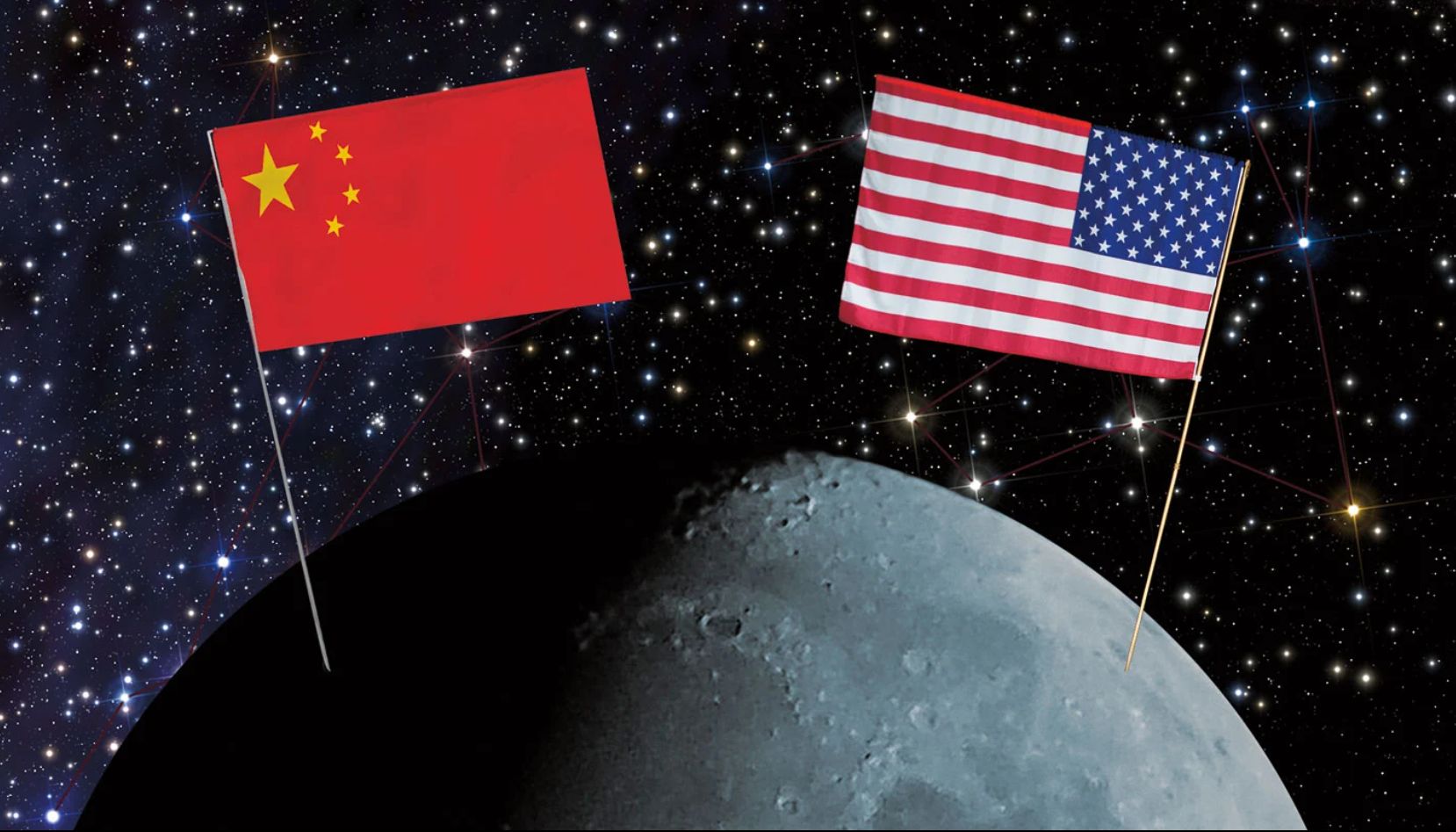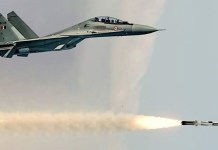OPED By Gp Capt TP Srivastava
China’s huge accomplishment in December 2020 was lost due to the COVID-19 onslaught. Chinese spacecraft Chang’e-5 made a soft landing on the lunar surface. Its mission was accomplished when it collected nearly four pounds of lunar dust and sent it back to Earth.
From launch on 24th November 2020 to the collection of samples of lunar dust and its safe delivery to Earth in mid-December was accomplished with flawless precision. Lunar samples were collected from the Oceanus Procellarum exploration site of the moon facing the Earth.
Chang’e-5 brought lunar rocks/dust nearly 44 years after the last such mission by the Soviet Luna-24 in 1976. The US Apollo program brought in a few hundred pounds of lunar rock. After China’s grand success, the world witnessed a few failures while attempting a similar mission.
Russia’s Luna-25 recently failed the US mission when the Peregrine lander malfunctioned after separation from the launch vehicle.
Israel, Russia, and now USA missions have failed. However, the bright spark was India’s grand success of the Chandrayaan-3 mission, which successfully landed near the moon’s south pole.
Meanwhile, Japan Aerospace Exploration Agency’s Smart Lander for Investigating Moon, or SLIM, is expected to touch down on the lunar surface very soon. If successful, SLIM’s landing will mark Japan’s first time placing a robotic explorer on the lunar surface and make it the fifth nation to soft-land a spacecraft on the moon.
China is set to launch Chang’e-6, which will collect samples from the far side of the moon. No samples have yet been collected from the far side of the moon.
Chang’e-6 is undergoing pre-launch testing at the Wenchang Satellite Launch Centre. A relay satellite, Queqiao-2, will also be launched to act as a relay station for communication between Chang’e-6 and the Earth station because Chang’e will be on the far side of the moon.
Launch of a communication relay satellite is scheduled in a few months aboard a Long March-8 rocket. Chang’e-6 will be launched, most likely by the middle of 2024, aiming to reach the Apollo crater in the southern hemisphere.
China’s Chang’e series lunar spacecraft missions are aimed at setting up the International Lunar Research Station (ILRS). ILRS could become operational by the mid-30s. The most interesting and significant part of this program is that Pakistan is also part of this venture. Russia and Venezuela are other partners.
Pakistan’s inclusion in China’s space program may have serious consequences for India. One of the major difficulties that China faces is the non-availability of a satellite launch base near the equatorial region. Southern Pakistan region will bring China’s launch base much closer to the equator.
A spaceport at Gwadar cannot be ruled out in the future. Although Gwadar is well within the Indian manned fighters and SSMs range, China might take a calculated risk, hoping that India will not strike Chinese infrastructure located in Pakistan, especially when it claims that the spaceport is for peaceful purposes.
A combination of the Chinese space station, unmanned space plane, and planned moon base will place China miles ahead of India in anti-satellite warfare, both hard kill and soft kill mode. Chinese Long March-8 rocket is far more powerful than the most powerful existing Indian rocket. In fact, China is planning future launches without strap-on boosters needed to augment the thrust at launch.
Our problems in countering emerging Chinese capability emanate from the fact that our Think Tanks can neither visualize events 20 years in the future nor follow the adversary capabilities already demonstrated.
An objective analysis of our space capability vis-à-vis China can be enumerated as listed below:
- Space Station. China already has an operational space station. Chinese astronauts have spent nearly 180 days at a stretch. China also has an accompanying space telescope. India will be capable of launching a similar space station not before 2045. For establishing an operational space station, India will need more powerful rockets apart from developing space living technology. We are nearly ready to send the first Indian astronaut in an Indian vehicle.
- Space Plane. China has an operational space plane that nearly matches the capability and endurance of the US space plane in orbit. As of now, both countries have their respective space planes in orbit. However, except for the operator, no one else has any idea about the instruments/experiments being carried out by either country. Technologically, a space plane in low earth orbit can be equipped with powerful transmitters (read jammers), which will interfere with satellite communication. India will be highly vulnerable to such jamming/interference.
- Lunar Odyssey. As far as lunar exploration is concerned, India has demonstrated nearly matching capability. However, India is still some distance away from bringing lunar samples back to Earth. Such capability is an absolute must for any nation that plans to establish a lunar base.

China’s evolving space capability in various fields, as enumerated above, can be used as weapons as well. Space-based jammers are going to be weapons of the future because all developing/developed nations are hugely dependent on satellite transmissions for conducting day-to-day business, from medicine to banking, weather forecasting, etc.
China knows that India will offer a formidable response to both a conventional/nuclear weapon confrontation. Hence, China’s options have definitely shifted from ‘hard kill’ to ‘soft kill’ in our context.
China’s growing clout in space and lunar exploration, in particular, is demonstrated by the fact that the USA is planning to ask China to provide the latest lunar samples. Incidentally, the Wolf Amendment prevents (does not prohibit) any collaboration with China in the field of space exploration.
Congressional approval is a pre-requisite for any deal with China related to space. For instance, NASA is planning to seek congressional approval to get the latest lunar samples from China. During the height of the Cold War, the USA and the USSR exchanged lunar samples.
China’s space capability is leap-frogging. India must devote more time/money/research in the field of space exploration to at least match China to a certain extent. Our proven anti-satellite capability must be enhanced, notwithstanding the contents of the non-weaponization of the space treaty.
Converting a space plane from a research/experimental platform to a weapon platform is virtually possible at the push of a button. Should India shift its focus towards space weapons capability?
- Gp Cpt TP Srivastava (Retd) is an ex-NDA who flew MiG-21 and 29. He is a qualified flying instructor. He commanded the MiG-21 squadron. He is a directing staff at DSSC Wellington and chief instructor at the College of Air Warfare. VIEWS PERSONAL OF THE AUTHOR
- Follow EurAsian Times on Google News




